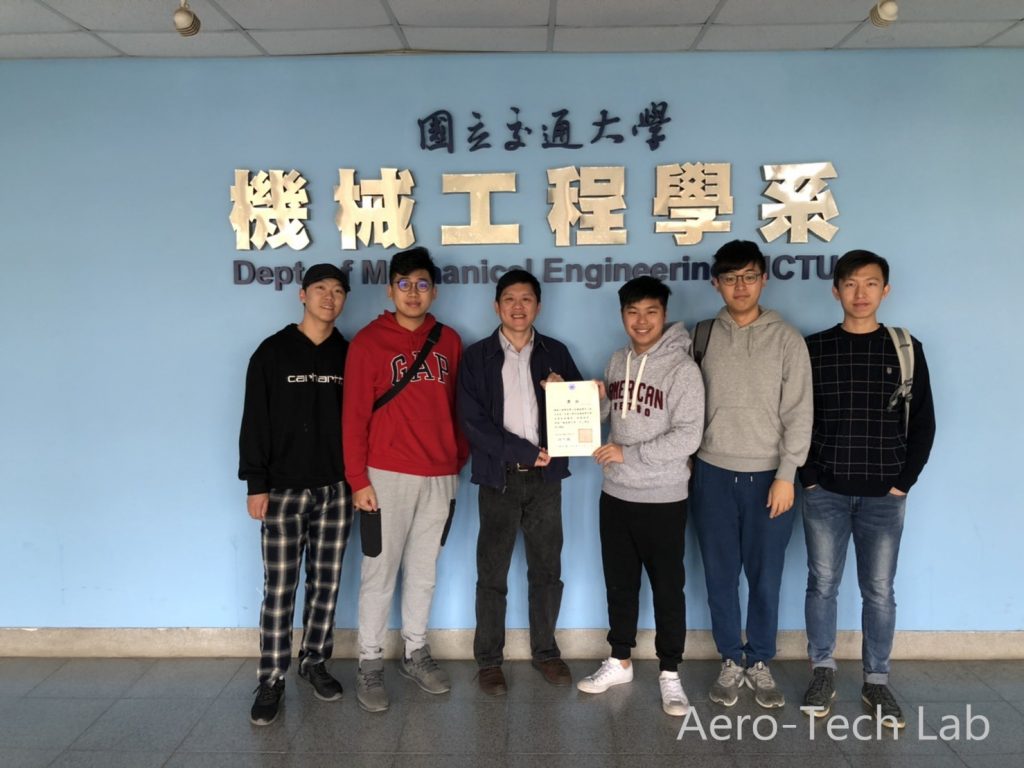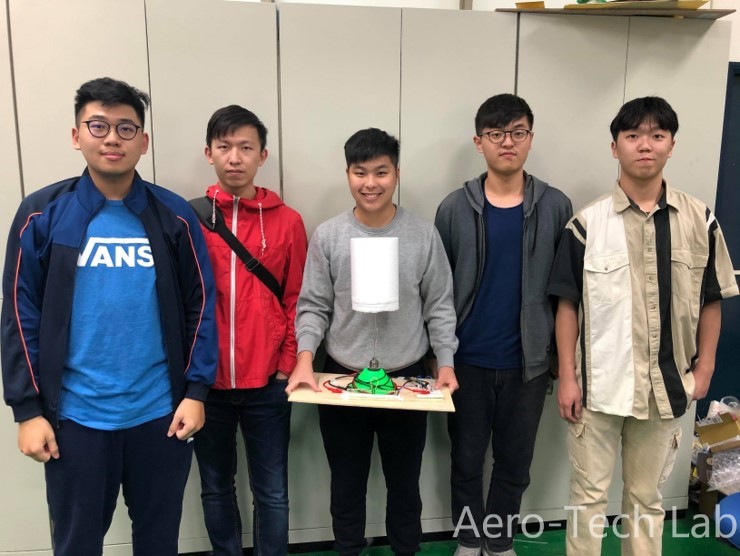Bladeless Small Wind Generator
Supervisor: Associate Professor Lua Kim Boon
Members: Yu-He Chen, You-Wei Chen, Jun-Hao Zhang, Xing-LI Xu, Yi-Li Lin
Date: 2019/12/17
Abstract
The team designed a small bladeless generator that can generate electricity through vibration induced by vortex shedding. When fluid past through a bluff body such as cylinder, vortices formed behind the body and shed alternatively, thereby causing the body to vibrate. The team focused on designing an effective energy conversion device that uses the electromagnetics principles to convert vibration energy into electrical energy. The purpose is to develop a device that is durable, low-cost, easy to maintain, small in size, and environmentally friendly. Moreover, through simple adjustment, it can adapt to flow field energy harvesters of different sizes. According to the requirement, we analyzed the flow field and structure strength to understand the Fluid-structure Interaction. After continuous testing and improvement, we successfully developed the energy conversion device, converting wind energy into electrical energy. In the future, we hope to continue to improve the design, in order to increase the efficiency of power generation and expand the effective working range.
Introduction
The concept of the vortex-induced vibration energy harvester was mainly proposed by Bernitsas and others in 2008, and they mainly used two-dimensional cylinders and spring damping systems to collect marine energy. However, we designed the system to be upright, which greatly reduced the installation area. Additionally, the resonance effect can be achieved through a simple cantilever beam, which makes this system structurally much simpler. When the technology matures, it can be one of the forward-looking energy solutions for Taiwan, which is crowded and lack of wide space.
Techniques
(1) Simulation
To better understand the VIV phenomenon, we used SolidWorks modeling and ANSYS-Fluent to simulate the flow field. Since the vortex shedding phenomenon exists only within a specific Reynolds number range, and it is not a steady-state laminar flow phenomenon, we adopted the transient simulation method and the turbulence module (k-epsilon) to simulate.
(2) Experiment Setup
Experiments were conducted in a low speed wind tunnel, the test section is 300 (W) × 300 (D) × 1000 (L) mm in size. The wind speed is set between 0 ~ 5 m/s. The vibration of the cylinder under different wind speeds was carefully observed. When the vibration and vortex shedding reached the lock-in mode (i.e. resonance happened), the fluctuating voltage output is connected to bridge rectifier circuit and analyzed via an oscilloscope.
Results and Discussion
After a series of improvement, the device now can resonate with the flow field at low wind speeds, and provide a stable voltage and current of 2 V and 2.3 mA respectively, to light up a row of LEDs. Comparing it with the initial version, the performance has been dramatically improved. The resonance velocity range is increased by five times.
Members


▲Team members and supervisor
Slogan: With Love We Generate Power.


Comments are closed